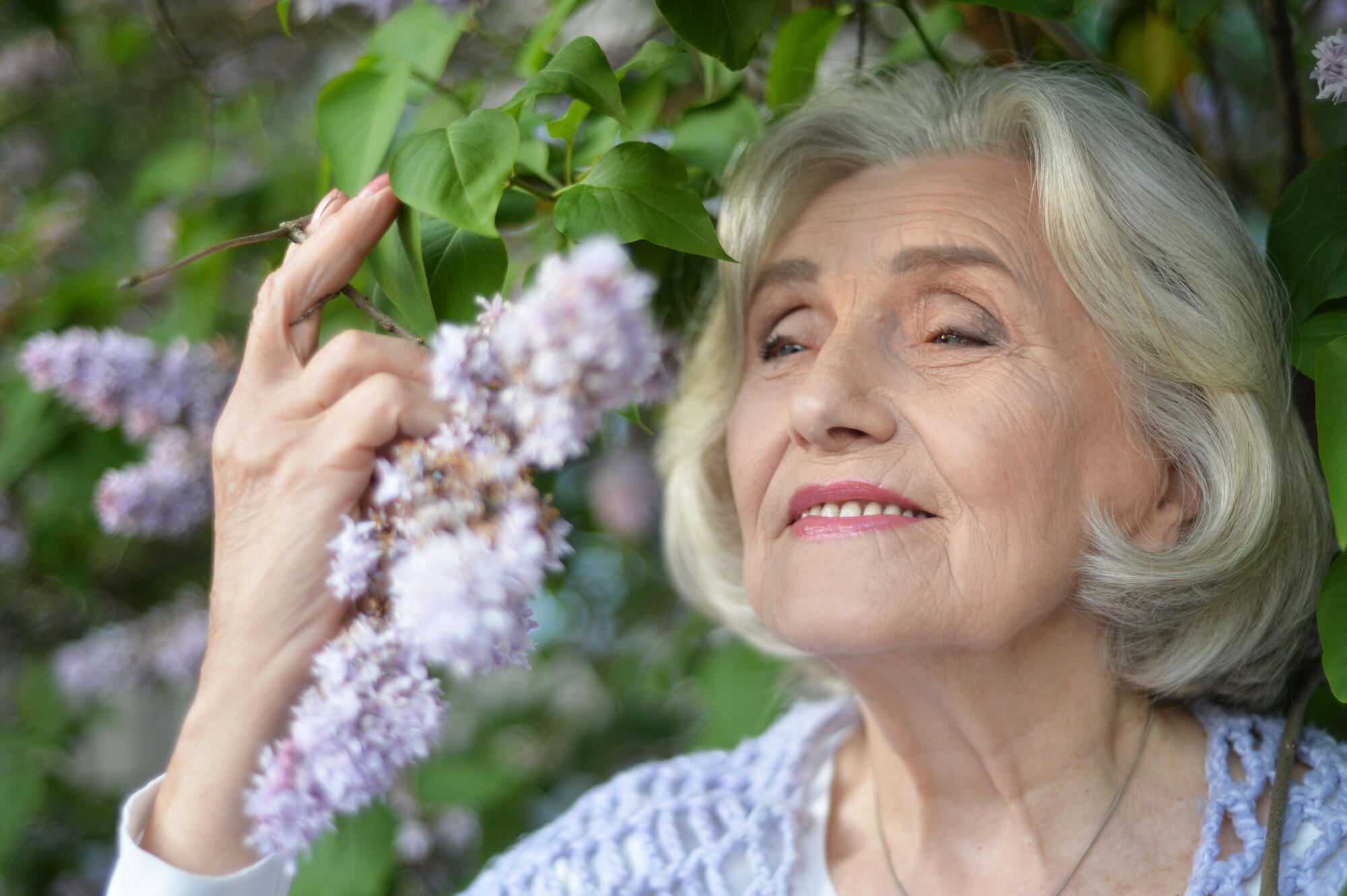While retirement is meant to be a time to relax, many seniors here in Roanoke, VA, struggle with stress. Sure, your senior years are the time to loosen up, but just because you’re retired, it doesn’t mean a stress-free life.
You’ll still face emotional challenges like health or financial problems. In dealing with such issues, many seniors turn to medications or therapies. While these can be effective, there are calming strategies available that require nothing but your senses.
Interested in learning more about these useful sensory grounding techniques? Then keep reading. We have several to show you.
5-4-3-2-1 Senses Exercise
This practice pulls your mind out of worry and into the present. By working through each sense, you create calm and focus:
- Notice five visual items: Look around and name five things you can see.
- Acknowledge four sensations: Pay attention to four things you can feel.
- Identify three distinct sounds: Listen closely for three separate sounds.
- Detect two separate smells: Breathe in and notice two scents.
- Focus on one taste: Finish by noticing one taste in your mouth.
Each small step helps anchor you and interrupts anxious thinking. It is a reliable way to return to the here and now.
Deep Breathing
Breathing slowly is one of the most reliable ways to calm your body and mind. It signals to your system that it is safe to relax.
- Practice diaphragmatic breathing: Let your belly rise and fall with each inhale and exhale, signaling your body to relax.
- Try the 4-4-4-4 method: Inhale for a count of four, hold for four, exhale for four, and pause for four.
- Concentrate on the sensation: Notice the cool air as it enters and the warmth as it leaves.
- Repeat for several cycles: Aim for five to ten rounds to feel your pulse slow and your muscles loosen.
This simple rhythm helps reduce stress quickly. Even a few minutes can restore balance.
Grounding With Objects
Touch gives you something solid to hold onto when thoughts feel scattered. It is a fast way to shift focus to the body.
- Keep a grounding object handy: Carry a smooth stone, a soft scarf, or another small item you find comforting.
- Focus on the object: Notice its texture, temperature, and weight in your hand.
- Run your hands under water: Pay attention to the feel of the water as it flows over your skin.
- Apply lotion mindfully: Massage lotion into your hands, noticing both the feel and the scent.
Familiar textures calm the mind and soften tension. They remind you that you are safe and steady.
Calming Scents and Aromatherapy
Smell connects strongly to memory and emotion. Using gentle scents for aromatherapy can ease stress quickly.
- Inhale a soothing fragrance: Lavender, citrus, or a favorite herbal tea can work wonders.
- Actively notice the qualities: Describe the aroma to yourself – is it floral, woody, or spicy?
- Use only light fragrances: Strong scents can be overwhelming, so keep it gentle.
A pleasant scent can create comfort in moments of worry. It offers a quick shift toward calm.
Mindful Listening
Sound also works well as a grounding tool. Paying attention to it draws your focus outward.
- Pause and listen: Take a moment to notice the ambient sounds around you.
- Identify each sound: Name each one — birds singing, the drone of distant traffic, a humming appliance.
- Play soothing audio: Classical music, rainfall, or ocean waves work well.
- Focus on the layers: Follow the melody and harmony or pick out the individual instruments.
Slowing down and listening to a calming sound helps soothe racing thoughts. A familiar melodysteadies the mind in stressful times.
Visual Grounding and Sight Anchors
Often, the most effective grounding techniques involve paying attention to what you can see. Visual details often bring quick relief.
- Look to the sky: Look out the window and watch the colors and movements.
- Notice the small details: Study patterns in wood, shapes of clouds, or leaves blowing.
- Use a beloved photo: Keep a meaningful picture nearby to focus on.
- Try coloring: Coloring or tracing patterns can engage your mind in a soothing way.
Paying attention to what you can see brings you back to the present. It can be a fast reset for tension.
Progressive Muscle Relaxation
Anger and stress tighten the body without us noticing. Releasing those muscles helps the mind relax.
- Tense and release muscle groups: Work through your body, one area at a time.
- Hold the gentle tension: Squeeze for about five seconds, then let go.
- Take a breath between groups: Exhale slowly before moving to the next set.
- Skip any painful areas: Only focus on what feels safe and comfortable.
The shift from tight to loose muscles is grounding. It clears away hidden tension.
Mindful Observation of Routine Activity
Ordinary tasks can become calming rituals. Paying attention makes them grounding instead of automatic.
- Focus on each sensory aspect: Notice the details while drinking tea, folding laundry, or cooking.
- Notice the warmth and aroma: Enjoy the steam and scent of a warm cup in your hands.
- Pay attention during a walk: Feel each step on the ground and listen to the sounds surrounding you.
- Engage with gardening tasks: Smell the soil, feel the leaves, and notice the colors.
Turning routines into mindful acts builds resilience. It adds calm to the flow of daily life.
Safety Considerations
While the above are fantastic emotional regulation tools, there are some safety considerations to bear in mind. Many seniors in assisted living communities face impairments or limitations that make it harder to do these stress relief exercises.
Effective senior mental wellness tools need to be compatible with any ongoing health problems the senior might have. Thankfully, mindfulness for older adults is highly adaptable. Seniors can modify all techniques according to their mobility level and health.
Better Senior Living Through Sensory Grounding Techniques
Overall, sensory grounding techniques are low risk. Most seniors can use these techniques safely as long as they’re customized to their specific needs and their comfort level is monitored. The key is relaxed, but consistent implementation and listening to the body’s feedback.
These sensory grounding techniques work best when you have a helpful community supporting you. Here at The Park Oak Grove, seniors have plenty of opportunities for sensory stimulation through our varied celebrations and activities. Contact us today for more information.








